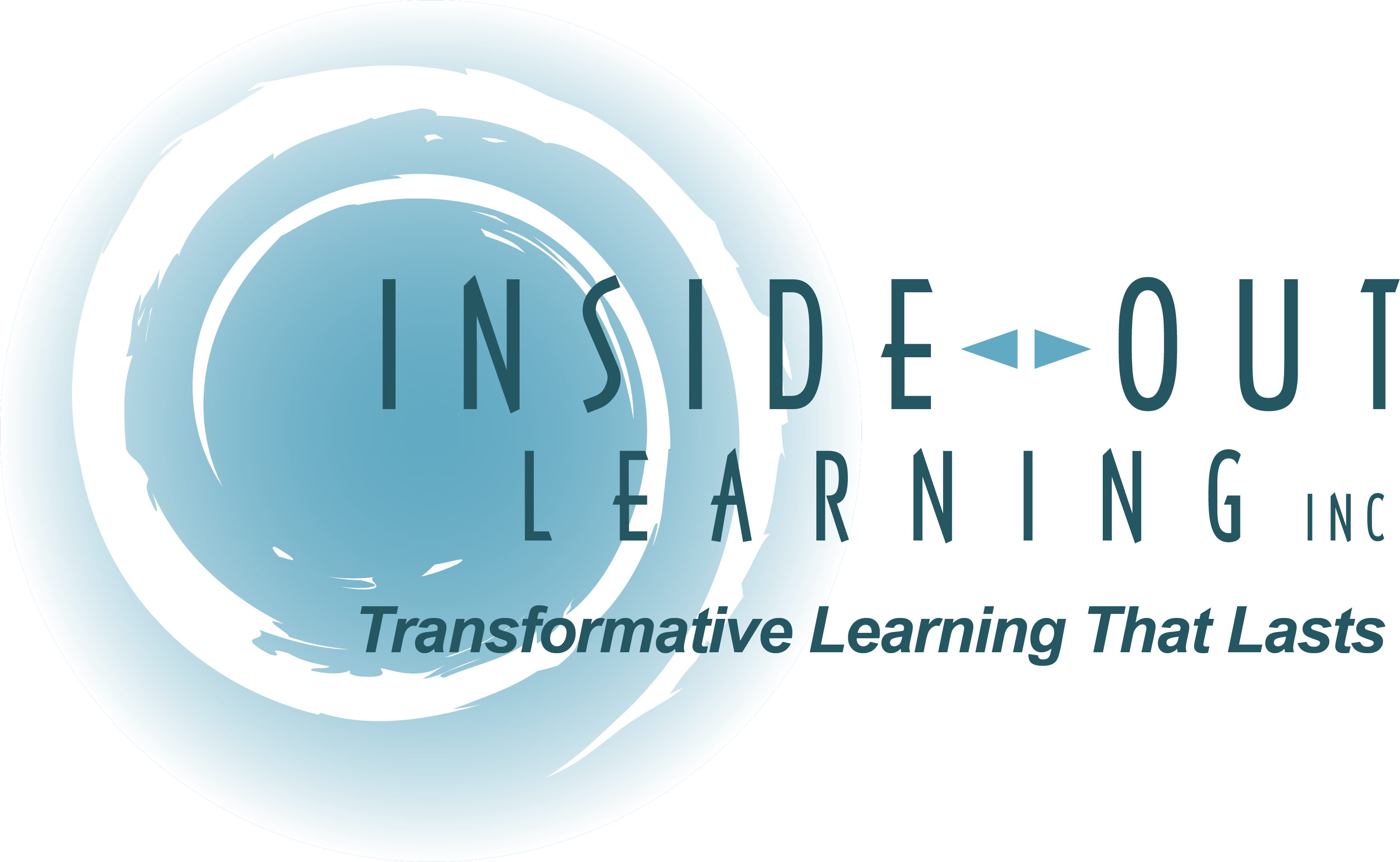Focusing On Your Organization’s Diversity And Inclusion Pays Huge Dividends
*Forwarded from Feedly*
Focusing On Your Organization’s Diversity And Inclusion Pays Huge Dividends
Written by: Shelley Smith, Forbes Councils Member
Shelley D. Smith is a best-selling author, consultant, and Founder & CEO of Premier Rapport consulting firm.
getty
If your company has not seriously addressed the issues of racism, diversity and inclusion in your culture, now is the time.
Protests and riots throughout the country have dramatically captured our attention about the rights of Blacks and other people of color. This movement has spurred conversations throughout society, including in board rooms, about changing culture to address systemic racism and other “isms” so that our environment is more diverse and inclusive.
Often companies will dismiss these topics by saying, “Oh yes. We have a diverse group of people working here, and we don’t have any problems.” If this dismissive attitude sounds familiar, you have work to do in your organization. It’s likely that your leadership is not as self-aware as it needs to be.
But first, it is important to understand the difference between diversity and inclusion. Diversity is a broad term that includes more than race. It means identifying and understanding the full spectrum of unique human demographic differences in race, religion, gender, sexual orientation, age, socio-economic status, physical ability, lifestyle, personality characteristics, opinions, family composition and education. It entails not only hiring people from these many categories, but also appreciating what their differences mean for your company culture.
Inclusion goes beyond diversity. Inclusion means helping all your team members — regardless of their personal characteristics — to feel a part of your environment. Everyone needs to feel seen, valued and heard. To achieve inclusion, all team members must be treated fairly and respectfully and encouraged to contribute fully to your organization’s success.
Companies fall within a range of success in achieving full inclusion, but most have work to do. Most organizations now are having conversations about how well they are tackling these difficult issues. It may not be easy to admit that your environment is lacking, but honest self-assessment is the first step. In some cases, organizations may need to rebuild their cultures from the ground up. Others may only need to tweak and implement programs and plans already in place.
Here are steps you can use to begin your self-assessment and move toward a healthier, more inclusive workplace:
• Begin listening in different ways. Engage in real, fearless dialogue with team members and leadership by conducting small group and one-on-one conversations to get at core issues. What does change inside your organization look like? How can you gain momentum to move forward? It’s important not to skip over or short-shrift this step thinking you already know your issues. Chances are, you don’t have a complete grasp of the situation.
• Provide resources and secure buy-in. This is where you need to consider consultants and special tools to collect and analyze data. These can help you assess your team members’ cognitive, behavioral and emotional attributes so that you can understand their hardwiring. This information can also show you how to communicate with and motivate each of them at the individual level so that they are fully engaged. There are different tools available to accomplish this step, but whatever you choose, make sure it leads to buy-in from your team. Data produced by these tools will facilitate deeper and more intentional conversations and help you build a culture viewed by team members as an “allyship” in which everyone has an important role.
• Create (or revisit) processes. If you don’t have a culture playbook that is aligned with your mission, vision and values, it is time to create one. Examine and redefine your hiring and onboarding plans. Update training. Revise your communication strategies. Review procedures for assigning responsibilities and delegating important tasks. Reassess how you hold people accountable and celebrate successes. Develop teams to address specific goals and make pivots where necessary.
• Make a long-term commitment to invest in your culture. Culture improvement isn’t a “one-and-done” project, it’s an ongoing creative process. It’s important to know the difference between intent and impact. Yes, you must have the intention to improve your culture, but the impact is where the benefit lies. This happens through constantly measuring your team members’ attitudes and perceptions and comparing these data with your baseline. When you don’t achieve the desired outcome, you must shift strategies.
Achieving a truly diverse and inclusive workplace requires buy-in and investment at every level of your organization, from administration to management to team member. Everyone has a role to play and leadership opportunities to assume.
Ultimately, creating an optimal culture is just understanding and celebrating the differences inside your workplace culture as a norm. The payoff from optimizing your talent to the fullest is unlimited.
Forbes Coaches Council is an invitation-only community for leading business and career coaches. Do I qualify?
via Forbes – Leadership “https://ift.tt/35Uaszf”
July 31, 2020 at 05:29AM
